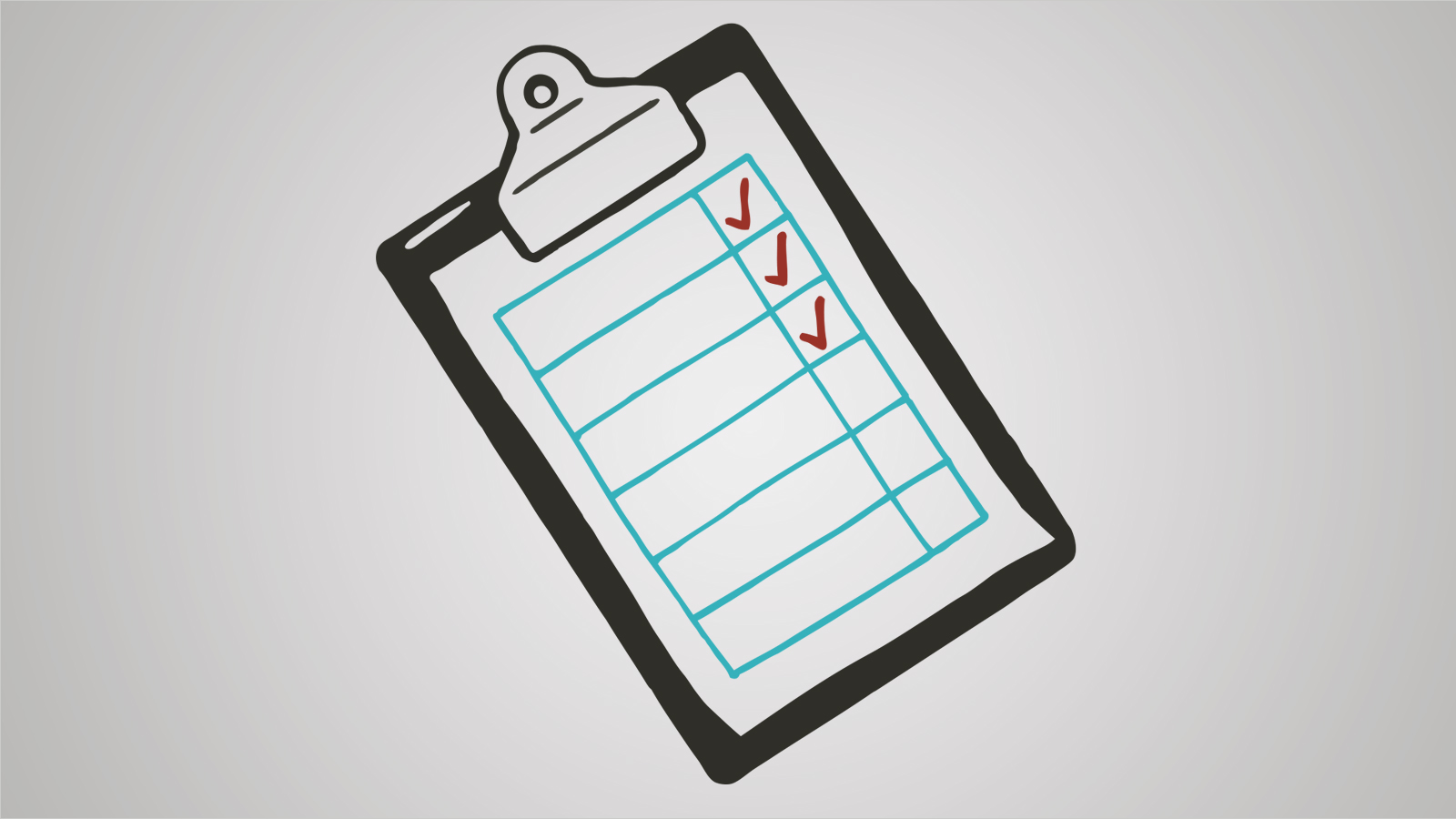For children and toddlers
Parents are usually the first to spot things that seem out of the ordinary for their children.
Acting on your instinct can go a long way and it’s best to raise concerns with your family doctor or your local clinic as soon as you can. XLH is a rare condition and, even if you have personal experience of it, it doesn’t follow that someone else will experience it in the same way. If you recognise anything from our checklist that concerns you, jot it down and talk it over with your family doctor. Take this checklist with you, too.
Parents are usually the first to spot things
Do you have any family history of XLH?
Most people inherit XLH from their parents. It’s not always passed on, but a family link should be investigated. Does anyone in your family have a diagnosis of XLH, or symptoms that could be XLH, such as shortness of height and bowed legs?
Visibly bowed legs or knock-knees?
Legs that form a bow shape (the classic rickets appearance) or knock-knees (when a child has a big gap between their feet when standing up straight with knees together) are quite common in children with XLH.
Does your child have a ‘waddling gait’?
If your child walks like a penguin with his or her body wobbling from side to side when they are not wearing a diaper (or in the UK, a nappy), it may indicate the sort of bone problems caused by a lack of phosphorus. It may be helpful for a clinician if you are able to take a video of your child walking in this way. Lateness in walking, discomfort and unsteadiness should also be checked out.
Signs of pain on bearing weight, with discomfort in particular to the knees?
Parts of the body where children with XLH commonly experience pain are the knees, ankles, feet and hips.
Signs of pain or discomfort when being handled?
Older children may cry out or tell you it hurts when being lifted or played with, and this could be caused by bone or joint problems. Infants or toddlers who can’t speak might whine, cry or scream when being lifted or handled. If you start to notice these things, keep a brief diary that says what activities took place, and see if you can identify patterns of when pain is happening. But don’t wait to seek help if your child is in pain.
Does your child seem to be less active than others of his or her age?
Parts of the body where children with XLH commonly experience pain are knees, ankles, feet and hips. The knock-on effect of this is that it may limit children’s mobility and impact on their ability or willingness to join in with school sports or everyday playtime activities.
Is your child small for his or her age compared with other children?
A child with XLH will appear smaller, and is likely to grow more slowly than others in the same age group.
Is there an irregular shape to your child’s skull?
Bones in the skull can be affected by a lack of phosphorus and can take on a misshapen appearance. This can cause headaches and vertigo (dizziness).
Are there any problems with teeth?
Teeth may be slow to appear in toddlers. Older children may be prone to unexplained dental abscesses and decay caused by a lack of enamel.






